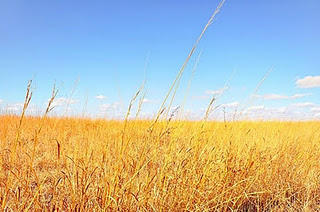(Raw Rach)
Bartendasana: the huffing-puffing, bending-twisting, sweating-flirting, laughing-cursing embodied moving meditation that is shaking cocktails in a dimly-lit, jazz-infused, oak-scented bar. See also: bhakti ninja.
Buddha in a microbrew? Meditation in a martini? Santosha in a Stella? It’s more plausible than you might think.
Most of you know me as a yogi, or a writer, or a teacher, or maybe a baker; but for a few hours a few nights a week, I’m a bartender. Find me black-clad and spinning circles inside a horseshoe-shaped bar while straining cocktails at warp-speed on any given Friday night, and I think you’ll agree: a bartender is a bhakti ninja.
Suspend disbelief for a few minutes here, and consider the possibility that bartending might be a rich source of yoga, embodied meditation, and a kind of active “practice mat” for yogic values like compassion, patience, and peace. Sure, it can often look like just a lot of broken glasses and spilled wine, tipsy blondes and belligerent drunks, but tending bar can also provide a rare opportunity for prana-rich, fulfilling work (what Marx deliciously called “sensuous labor”), nourishing sangha, energizing physicality, and open-hearted karma yoga. My gig shaking martinis gifts me with a living, breathing space in which to practice listening, observation, mental quietude, living well in the body, and balancing the yin of my yogi/writer’s life with the yang of a bartender’s fast-paced flow. And in that practice comes the softening, the unraveling and the dharma of work that fulfills in unexpected ways.
Read more







